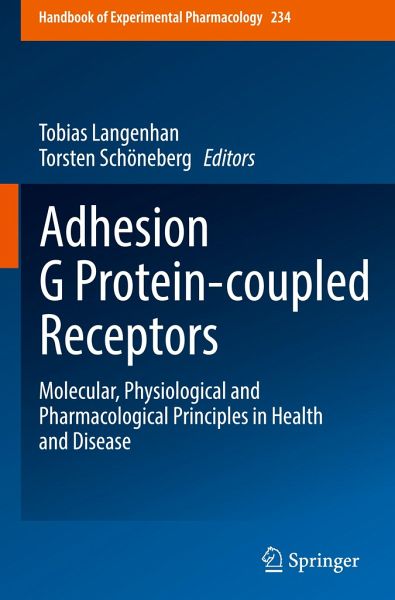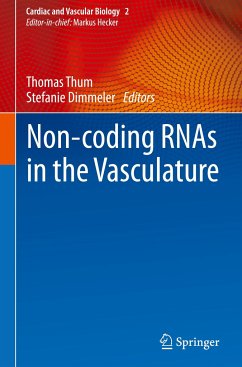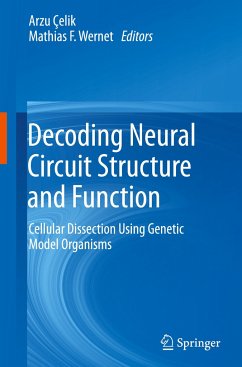
Adhesion G Protein-coupled Receptors
Molecular, Physiological and Pharmacological Principles in Health and Disease
Herausgegeben: Langenhan, Tobias; Schöneberg, Torsten

PAYBACK Punkte
76 °P sammeln!
Latest research on Adhesion GPCRs has unearthed surprising revelations about the events that govern the signal transduction of these receptor molecules and the cellular and organ requirements for these signals. Unexpected and unprecedented findings suggest that Adhesion GPCRs constitute a group of receptors that sense mechanical stimuli and transcode them into metabotropic signals through the action of a novel activation paradigm. Interdisciplinary efforts transcending many areas of biomedical research including pharmacology, physiology, genetics, cell biology, structural biology, biochemistry...
Latest research on Adhesion GPCRs has unearthed surprising revelations about the events that govern the signal transduction of these receptor molecules and the cellular and organ requirements for these signals. Unexpected and unprecedented findings suggest that Adhesion GPCRs constitute a group of receptors that sense mechanical stimuli and transcode them into metabotropic signals through the action of a novel activation paradigm. Interdisciplinary efforts transcending many areas of biomedical research including pharmacology, physiology, genetics, cell biology, structural biology, biochemistry and bioinformatics were necessary to unveil these fundamental properties. The scientific leaders in the field that carried this research effort have teamed up here to provide a comprehensive overview of our current understanding, how Adhesion GPCRs signal and how these receptors shape organ structure and function.












